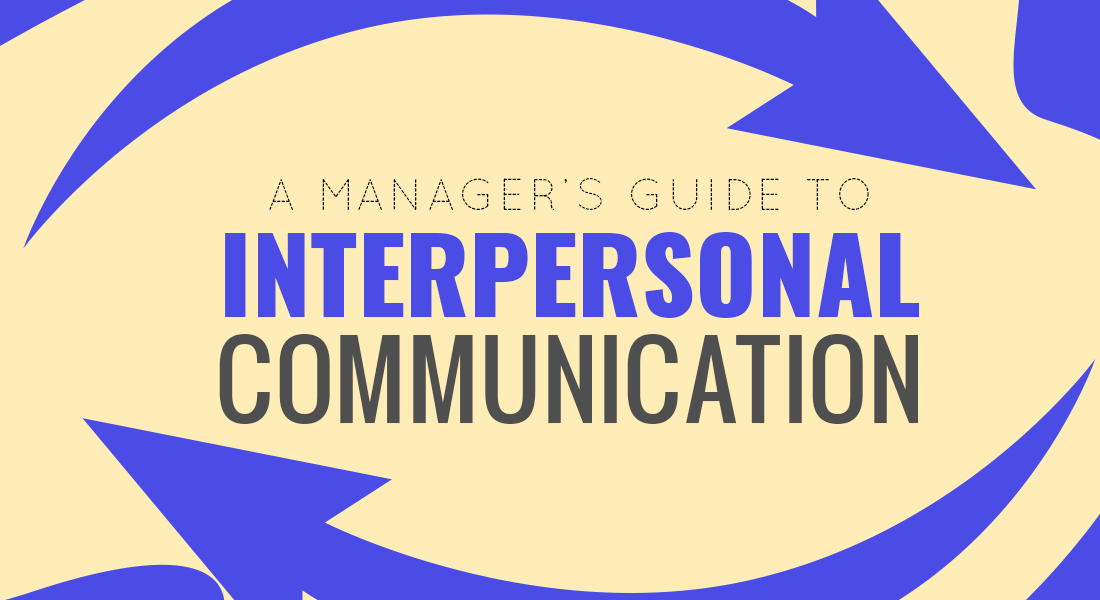
People are promoted to management positions for a variety of reasons. For many, they rise to the top because of their knowledge, technical skills, and decision-making capabilities. Unfortunately, not all managers arrive at their jobs with all of the competencies they need to be successful. Specifically, many lack interpersonal skills.
Just What Are Interpersonal Skills?
Interpersonal skills are the combination of behaviors and methods people use to interact with other people effectively. Examples of interpersonal skills include:
- Teamwork
- Dependability
- Motivation
- Active Listening
- Responsibility
- Leadership
- Flexibility
- Empathy
When surveyed, managers ranked good interpersonal skills at 4.37 on a scale of 1 to 5. This was ranked only below the ability to work in teams which was ranked at 4.49.
When discussing interpersonal skills, people may refer to a range of competencies and descriptors. People skills, emotional intelligence, soft skills, even employability skills are all terms that reference the ability to communicate effectively and form productive relationships.
Interpersonal Vs. Intrapersonal Skills – What’s The Difference?
Intra means within. So, intrapersonal communication skills are the skills that we use internally to analyze ideas, formulate conclusions, engage in internal dialogue. Interpersonal skills are the skills that we use in our interactions with other people.
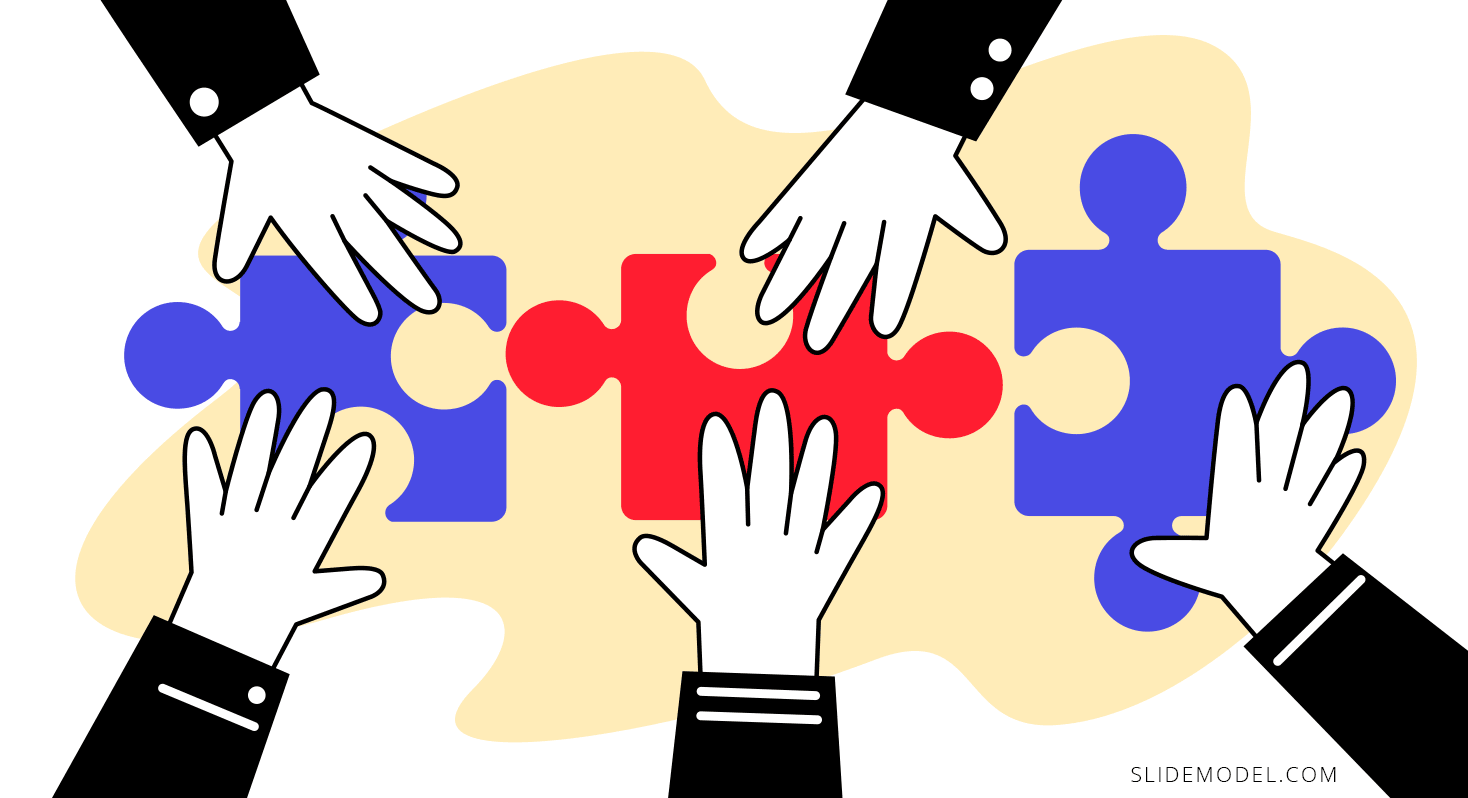
However, even though they are different, they are also interrelated. Managers must recognize how their own internal dialogue and experiences inform their reactions and interactions with others.
The same is true for the people they manage. Some of the theories discussed briefly below are based on the concept that experiences, personalities, and information loops inform every person’s intrapersonal skills. That, in turn, impacts how we communicate with others.
Key Interpersonal Communication Concepts Theories and Models
Several interpersonal communication theories address how people communicate with one another, and the factors that can impact the value of that communication. It is helpful to have a very basic understanding of these to improve your communication style.
Social Penetration Theory
This theory emphasizes closeness in relationships. When people feel closer to another, emotionally and logically, they communicate more effectively. One key way to achieve this is through a process called self-disclosure. According to Pearce and Sharp, this is the voluntary disclosure of information about yourself to another person.
As a manager, you can build a better rapport with your team members through self-disclosure. You can accomplish this by showing your personality and being forthcoming with personal stories. By taking the lead on this, you will motivate your team members to reciprocate. This will build trust and empathy, and improve team communication.
Uncertainty Reduction Theory
According to the uncertainty reduction theory, when communication suffers when the two sides don’t know each other well enough. On the other hand, because people are uncomfortable with the unknown, this uncertainty motivates them to get to know each other more.
As a manager, one of the most important things you can do is understand how the unknown can impact how communication happens between your team members and you. This will allow you to set and manage expectations accordingly. At the same time, you can also facilitate ways for your team members to get to know each other better, and you as well.
Relational Dialectics Theory
This theory states that people relate better when they feel connected to one another, but still disconnected enough to have some autonomy. Thus, you should encourage opposing viewpoints and individuality among your team members. It is also important that you are aware of existing relationships between your team members, as well as your relationships as well. These can impact communication and team health.
Johari Window Model
This is a technique that was created by psychologists to help people better understand how they relate to one another. The key idea behind this is that every person has things about themselves that they openly share, and things they actively keep from others. Further, each person has characteristics that others recognize that they do not, and characteristics that neither they or others recognize. The more that people are openly willing to share and communicate, the better interpersonal communication becomes.
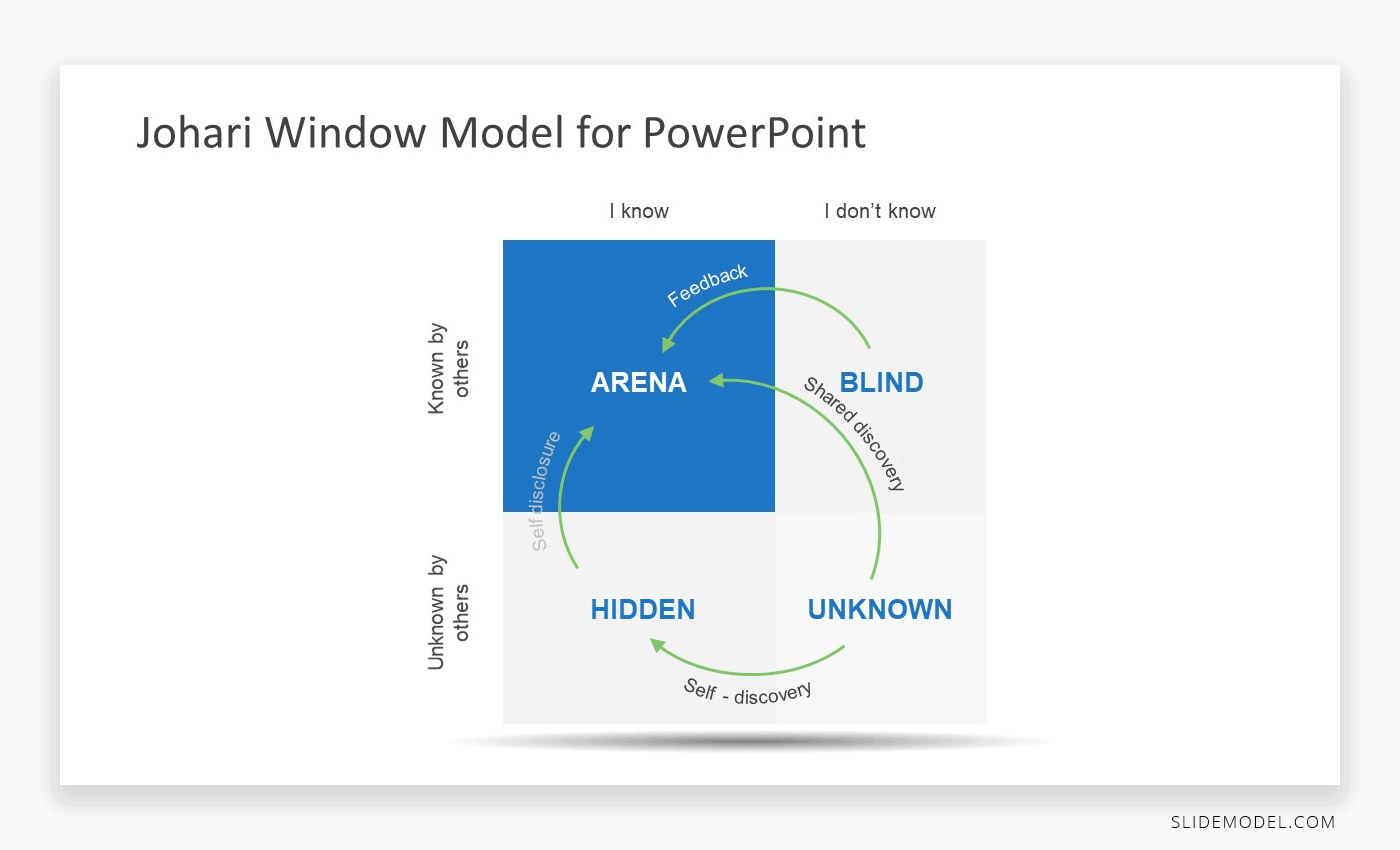
Johari Window Model PowerPoint Template by SlideModel
As a manager, you can use team building sessions to help your team expand on their ‘open’ areas. In addition to this, you can also use the employee review process to engage your team members about their blind areas. At the same time, by highlighting what they may not know about themselves, you can provide guidance on tendencies they have that could be limiting their capacity to relate positively to their coworkers.

Westley And MacLean’s Model of Communication
The Westley And Maclean’s model addresses the impact of the environment on both interpersonal interactions and mass communication. These researchers believed that communication doesn’t start when people begin interacting with one another. Instead, it begins when people react to their environment, and is also impacted by the process of communication.
For managers, this means that they must understand how factors such as environment, culture, and varying feedback loops impact the understanding of information. In addition to this, using this model, managers can also better understand how different team members may interpret information.
Becker’s Mosaic Model of Communication
This interpersonal communication model posits that every individual is the recipient of different messaging and communications. They are also a creator of their own messages and communications. Personality, views, and communications are influenced by each person’s position in a particular matrix, and their sources of information.
This model could be explained in very simple terms as being a bit like the telephone game where messages become less accurate the more they are filtered through different personalities and views. Managers can get ahead of this tendency by communicating frequently and clearly with their team members.
Understanding just how interpersonal communication occurs what impacts it the first step to improvement. Beyond that, you should also look into nurturing more specific skills among your teams.
The Main Types of Interpersonal Communication Skills Your Team Needs
Verbal Communication
If there is one skill that virtually everybody must have, it’s the ability to communicate verbally. It may sound like a no-brainer, but not everyone’s naturally good at:
- Active listening
- Understanding their audience and tailoring your communication style to their level of understanding.
- Moderating their tone and body language. You may seem passive-aggressive and disingenuous if you are speaking happily, but using a huffy tone or hostile body language.
- Summarizing the other person’s reply to verify that they understood them correctly.

Communication Concept PowerPoint Template by SlideModel
To improve verbal skills among your team, you will have to take on the role of a facilitator. You can identify the communication styles and tendencies of your team members, and then prompt them to ditch the “bad practices”. This might include:
- Drawing out team members who are less likely to speak up in group settings
- Asking for clarification when it’s needed
- Being aware of those who may tend to dominate team meetings and conversations and trying to “contain” them.
Active Listening
There’s more to listening than hearing what the other person is saying. It involves giving them the attention they require, in order to truly understand them.
One roadblock to active listening is the tendency of the listener to spend their time formulating their response while the other person is thinking. This takes them out of the conversation and often causes them to miss important things that the speaker is communicating.
Here are some tips you and your team can use to build this skill:
- Use body language to show you are engaged.
- Clarify that you understand.
- Don’t interrupt or deflect.
- Give a relevant response.
- Don’t think about your response until it is your time to speak.
Negotiation Skills
Negotiation is a process where parties with disparate interests work together to come to a mutually beneficial resolution. Here are some examples of negotiation skills:
- Effective verbal communication
- Assertiveness
- Problem Solving
- Empathy
- Rapport Building
- Compromise
To teach negotiation skills to your team, you can focus on previous negotiations, whether they have failed or succeeded. Any time you engage in the negotiation process, plan to hold a post-mortem to discuss what went right, and what did not.
Conflict Resolution Skills
It’s a normal part of the development of a team, and the execution of any project to have some conflict. Your team members need to learn how to deal with disagreements. Here are some “ground rules” you should establish:
- Not taking things personally
- Avoiding extreme language (always, never)
- Patience
- Impartiality
- Avoiding Defensiveness
- Active Listening
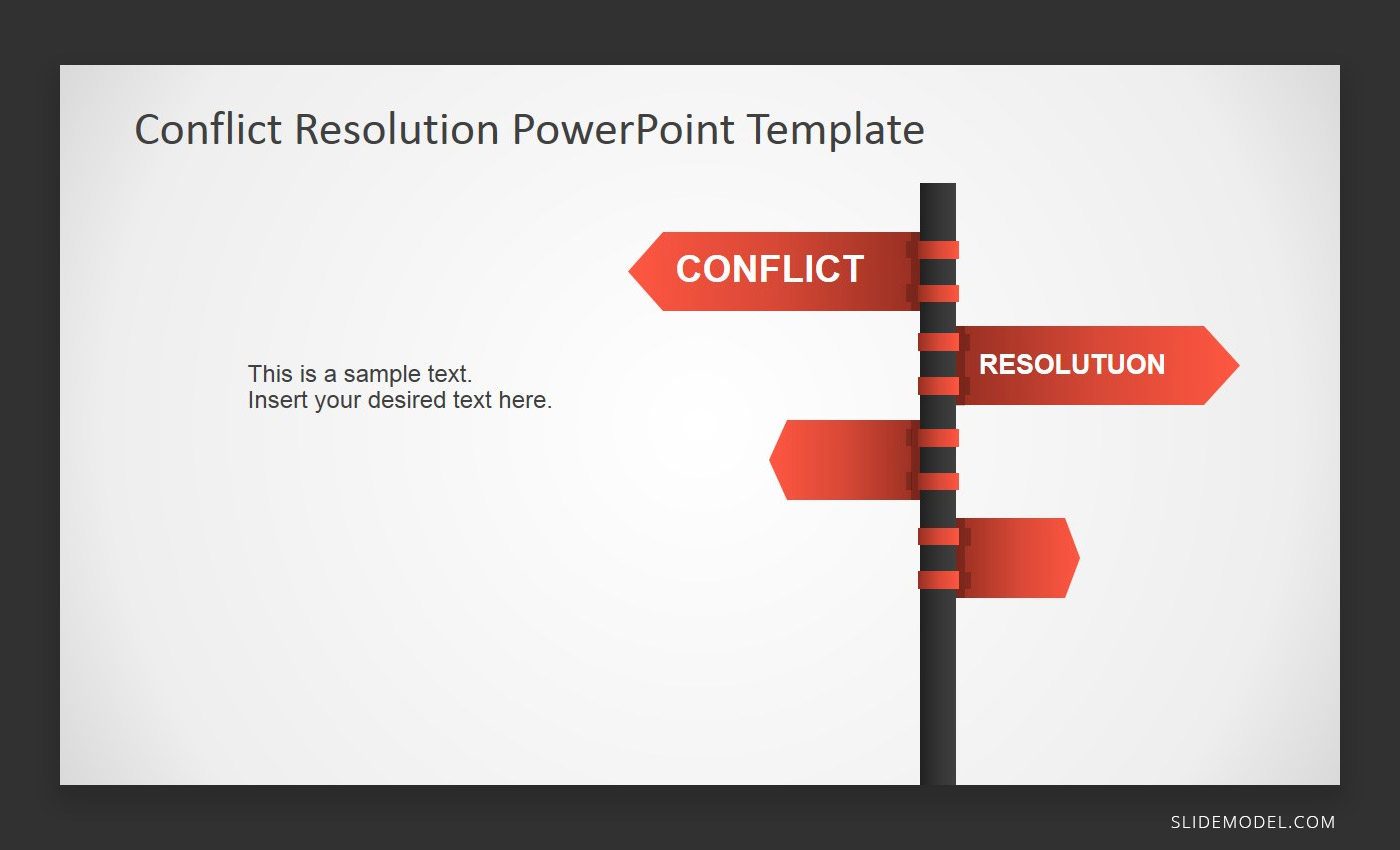
Conflict Resolution PowerPoint Template by SlideModel
As a manager, when you see conflict arise, your job is to mentor the impacted team members as they try to navigate things. Encourage them to use the skills mentioned above.
Assertiveness
Assertiveness is often confused with aggressiveness. In reality, the two are not alike at all. Aggressive people seek to impose their will without consideration of others. Assertive people can clearly express their needs but are aware of the needs of others at the same time. Being assertive is beneficial because it garners respect more than passiveness or aggressive behavior.
Here are some behaviors that are common among assertive people:
- They listen and show empathy.
- They look people in the eye.
- They address issues with facts, not assumptions or judgments.
- They tell other people how they feel.
- They speak calmly and avoid yelling.
- They avoid using extreme words like never or always.
People become assertive when they work in a safe environment where communication is encouraged. Ensure that your management style is one where people feel comfortable advocating for themselves.
Empathy
Empathy is the ability to put yourself in someone else’s shoes, and imagine what they might be feeling and experiencing. In fact, the 2018 State of Workplace Empathy study indicates that 96% of employees want their employers to demonstrate empathy. However, 92% believe this trait is undervalued in their workplaces. So let’s nurture it a bit. Below are some quick examples of emphatic behavior:
- Being objective
- Avoiding snap judgments
- Speaking to people before judging their behavior
- Active listening
- Getting to know colleagues
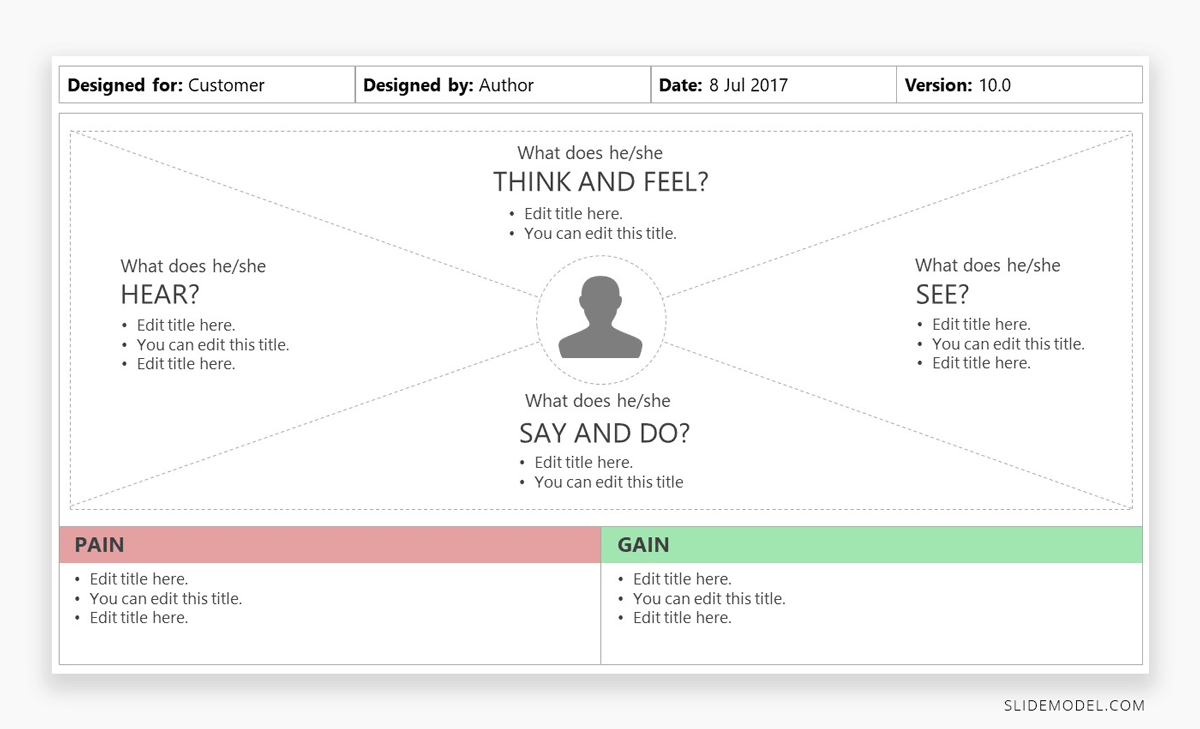
Empathy Map Canvas PowerPoint Template by SlideModel
Another skill to nurture in your team and to model in your own interactions is validation. This is where participates in a discussion or conflict validate one another’s perspectives and experiences even if they don’t agree with them.
To Conclude
Interpersonal skills are often called “soft” and sometimes they are implied as optional. This cannot be farther from the truth. As upon a closer look at most successful organizations, you’ll be quick to notice that they heavily invest in a wholesome corporate culture that supports and promotes all of the skills mentioned above.
As a manager, your effectiveness also strongly depends on your ability to communicate well with your team members and other stakeholders. More importantly, your team counts on you to model empathy, social skills, and the ability to listen actively. So don’t let them down!


